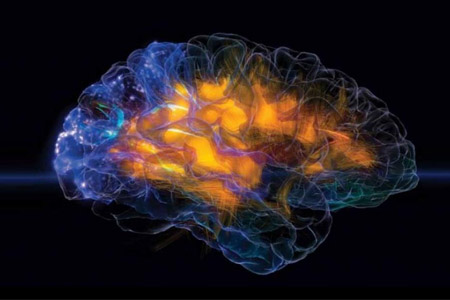- Authors:
-
Niimi, Y.; Sala, F.; Deletis, V.; Berenstein, A.
- Title:
-
Provocative testing for embolization of spinal cord AVMs
- Year:
-
2000
- Type of item:
-
Articolo in Rivista
- Tipologia ANVUR:
- Articolo su rivista
- Language:
-
Inglese
- Format:
-
A Stampa
- Referee:
-
No
- Name of journal:
- INTERVENTIONAL NEURORADIOLOGY
- ISSN of journal:
- 1591-0199
- N° Volume:
-
6
- Number or Folder:
-
1
- Page numbers:
-
191-194
- Keyword:
-
Arteriovenous malformation; Embolization; Monitoring; Provocative test; Spinal cord;
- Short description of contents:
- The purpose of this study is to evaluate efficacy and reliability of chemical provocative testing using neurophysiological monitoring prior to embolization of spinal cord AVMs (SCAVMs). We performed retrospective analysis of provocative testing using sodium amytal and lidocaine injected superselectively in 41 angiography and / or embolization procedures in 26 patients with a SCAVM, including 23 amytal and 26 lidocaine injections. All procedures were performed under general anesthesia using neuroleptic drugs, and with monitoring of cortical somatosensory evoked potentials (SEPs) and trans-cranial motor evoked potentials (MEPs). After recording baseline SEPs and MEPs, 50mg of sodium amytal was injected through the microcatheter at the position of the intended embolization, followed by assessment of SEPs and MEPs. If no changes occurred, 40mg of lidocaine was then injected followed by recording of SEPs and MEPs. If again no changes were noted, embolization was performed using NBCA. If there was any change in either SEPs or MEPs, NBCA embolization was not performed from that catheter position. No false negative results of the provocative testing were experienced. One amytal test from the posterior spinal artery (PSA) was positive, causing loss of MEPs. Lidocaine testing was positive in 10 cases including 4 injections in the PSA (with loss of MEPs in two and SEPs in two), 5 injections in the anterior spinal artery (with loss of MEPs in four and SEPs in one), and 1 case involving the posterior inferior cerebellar artery (with loss of MEPs). Neither amytal nor lidocaine injection caused loss of both SEPs and MEPs. In conclusion, sodium amytal and lidocaine are complimentary as pharmacological agents for provocative testing, and SEPs and MEPs are complimentary to each other as physiologic monitoring methods. Provocative testing should be performed using both amytal and lidocaine with monitoring of both SEPs and MEPs.
- Product ID:
-
40006
- Handle IRIS:
-
11562/314142
- Deposited On:
-
January 14, 2008
- Last Modified:
-
November 15, 2022
- Bibliographic citation:
-
Niimi, Y.; Sala, F.; Deletis, V.; Berenstein, A.,
Provocative testing for embolization of spinal cord AVMs
«INTERVENTIONAL NEURORADIOLOGY»
, vol.
6
, n.
1
,
2000
,
pp. 191-194
Consulta la scheda completa presente nel
repository istituzionale della Ricerca di Ateneo 








